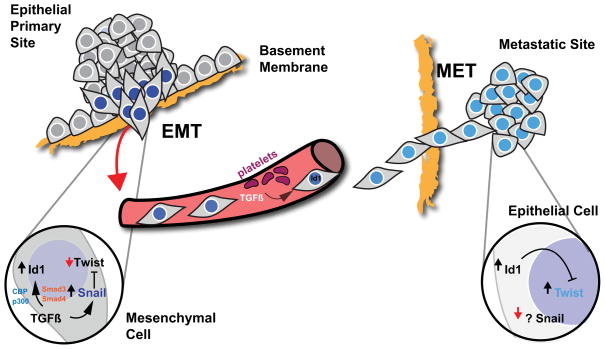Figure 8. Proposed Model For Id1 Induced MET During Metastatic Colonization of Lungs by Breast Cancer Cells.
Integral for the metastatic dissemination of carcinoma cells is the acquisition of an invasive phenotype via induction of EMT. A key cytokine present at the tumor-stroma boundary, TGFβ, induces the EMT transcription factor Snail, which changes the Id1 response to TGFβ in disseminating cells. TGFβ mediated induction of Id1 is dependent on Smad3/4 and CBP/p300 cofactors. Id1 expression in the primary tumor does not revert Snail induced EMT, which allows Id1 expressing cells to complete the steps required for dissemination: intravasation, survival in circulation, and extravasation. In the circulation, platelet derived TGFβ continues to upregulate Id1. At the metastatic site, where Snail is absent, Id1 opposes the activity of EMT transcription factor Twist. Such inhibition leads to MET and the colonization of distant organs.

